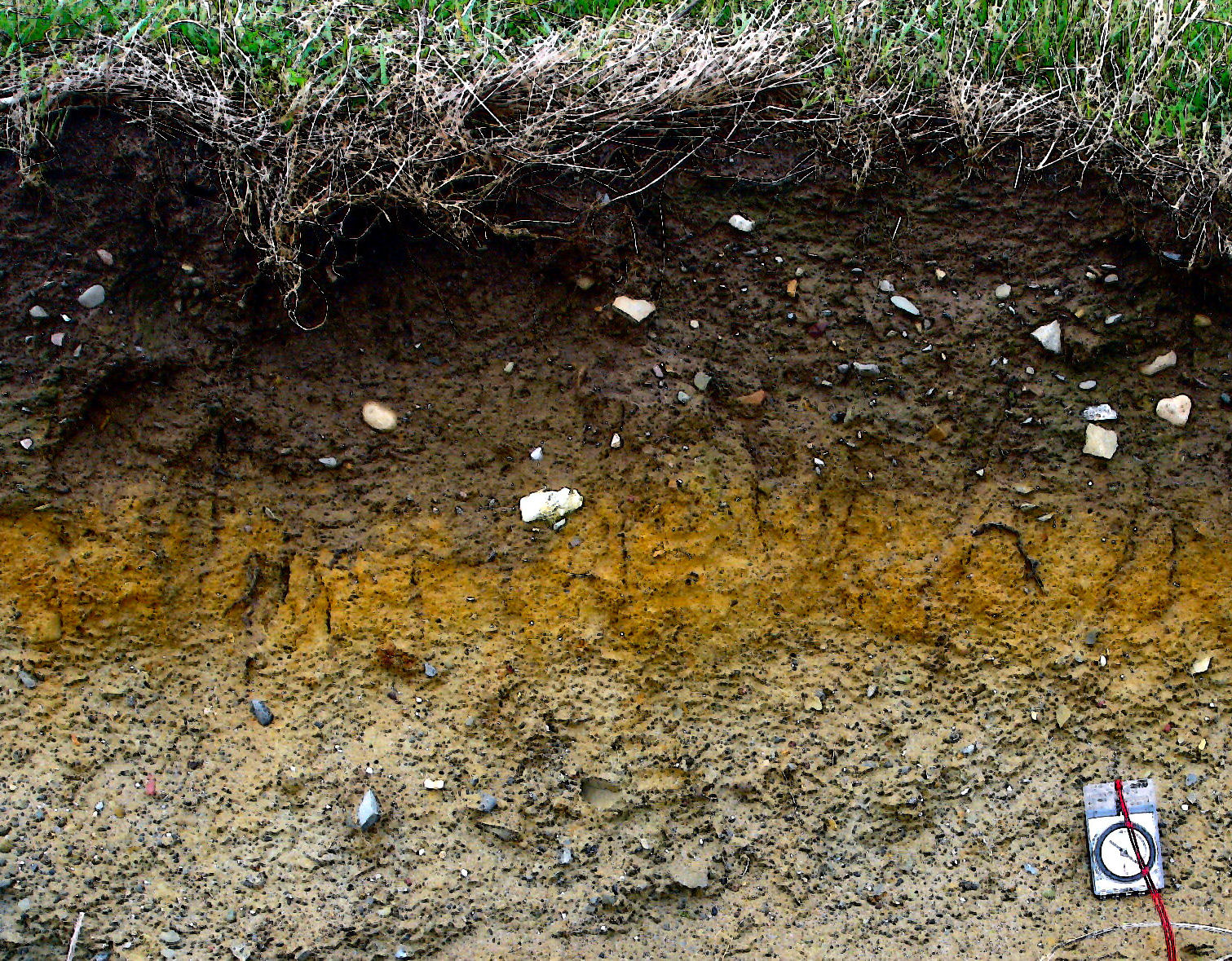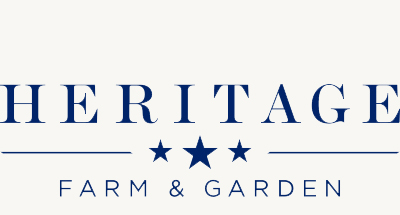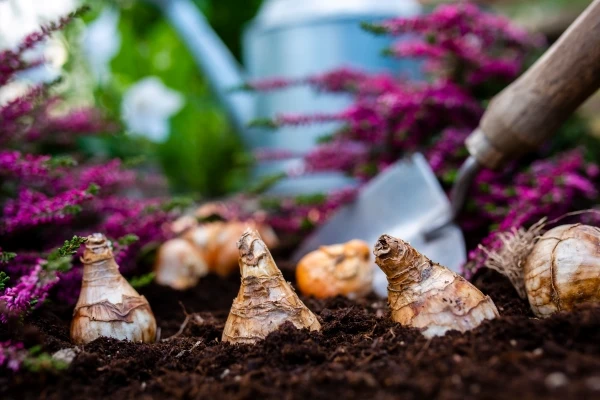
Is Dirt a Bad Four-letter Word?
Healthy soil is like black gold to gardeners. Some gardeners will spend years building and perfecting their garden soil – enjoying the earthy smells as they turn it over each spring, adding secret amendments, fertilizers, and other ingredients to it. To them, dirt is a bad four-letter word.
And then there’s your garden soil. Each spring, you are determined to grow delicious vegetables, healthy herbs, and colorful flowers, but the result is not what you had in mind. Even your landscape plants seem to struggle. Could it be your soil?
It’s time to get a trowel up on better garden soil this year! Remember, what you put in, is what you’ll get out – healthier landscape plants, greater harvests, larger flowers, and greener lawns.
Yes, bad dirt can become good soil! It takes time and hard work, but the results are so worth it. Here are some solutions to common soil dilemmas.
Heavy soils a problem in your garden? They don’t have to be. Soil amendments can go a long way to improving heavy, clay soils that are often wet and slow to drain. Amendments, aka organic matter, include compost, composted manure, leaf mold, or garden manure. As the amendment breaks down, it improves the soil by allowing needed air in so roots can breathe. And healthy roots mean healthy plants! Another reward, organically enriched soil holds needed moisture yet allows excess or trapped water to drain. What if your soil is too sandy and dries quickly? Adding organic matter helps retain needed soil moisture.
A word to the wise – never work garden soil when it’s wet. If you do, you are destroying its structure. Wait until the soil dries before turning it over or rototilling. How do you know when it’s ok? A quick test – grab a handful of soil. Does it ball-up in your hand? If so, it’s too wet. If the soil crumbles in your hand, go ahead and dig.
Do you lime every year as a spring gardening chore? Surprisingly, this may be one chore that you can skip this year! Don’t guess that your soils need lime; have a pH test done to determine the acidity or alkalinity of it. The results will indicate how much, if any, lime or acidifying agent must be added to the soil to achieve the proper acidity or alkalinity for the best growth of plants. Plants have a preferred pH range where they grow best. Plants will also more efficiently use fertilizer applied to the soil when pH levels are optimum; that maximizes time and money spent on fertilizers.



